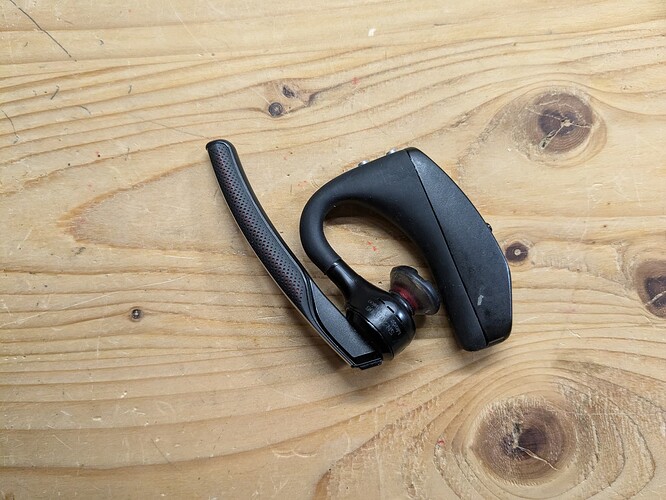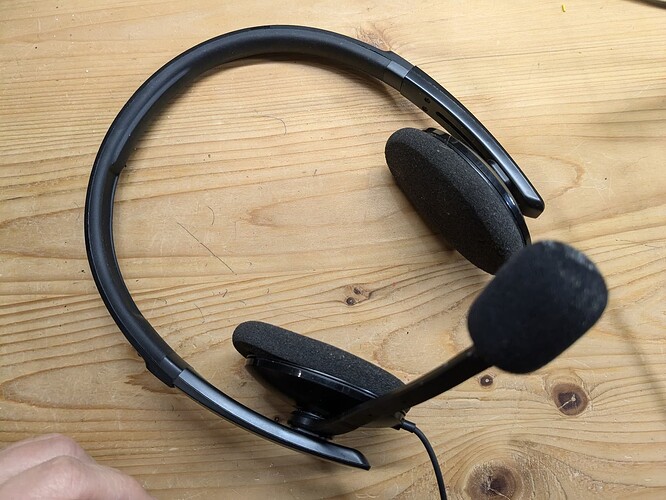Use a headset optimized for calls
One thing most of us do routinely is voice calls or video conferencing. For this to work, each party needs to have a microphone and a speaker.
The simplest setup is to use the microphone and speaker built into your phone, laptop, or car. Sometimes this works pretty well.
But, often we are environments where this is background noise. Simple microphones, especially those some distance from our mouths, cannot discern background noise from our voice. AGC (automatic gain control) algorithms tend to amplify any sound to capture your voice. The most baffling scenario is those walking through a busy airport holding a phone in front of them in speakerphone mode. Another disruptive problem is echo which sometimes occurs when using a laptop mic/speaker for video conferencing. Trying to talk when your voice is being echoed back is nearly impossible.
Conversely, our ears are very good at differentiating what we want to hear from local background noise. Our brain and ears are very sophisticated instruments and include features such as using the time delay and intensity difference between each ear to pinpoint a source, selective focus, frequency tuning, adaptive processing, etc.
Some headsets attempt to block out background noise to the microphone. The most effective ones have a direction microphone located very close to your mouth (on a boom), or a microphone array and DSP processing. Two examples I’ve used are the Plantronics - Voyager 5200 (Bluetooth) and the Sennheiser SC 160 (USB).
There are likely many other good options. I use the Plantronics with my phone and the Sennheiser with my computer. Both are very effective at blocking out background noise and I’m sure there are many other effective models.
The result is whomever I am communicating with can clearly hear what I am saying without being distracted by background noise in my environment. This makes me more effective.
Some headsets have noise noise cancellation for the speakers. This is very nice for deep work when we are trying to focus and need to block out all sounds other than perhaps some music. But they are of marginal use during a call because our ears are already pretty good at focusing on one sound and during a call we have the discussion to focus on.
Consider having separate headsets for deep work (noise-cancelling speakers) and calls (noise-reducing microphones) as part of YOUR Personal Platform. This may seem like a minor thing, but the small things add up. Using a good microphone is a courtesy to those listening to us. It is a courtesy to the entire group on the call that our background noise is not interrupting the call. It is professional. It shows we care about others.
For more discussion and review, see this thread.

